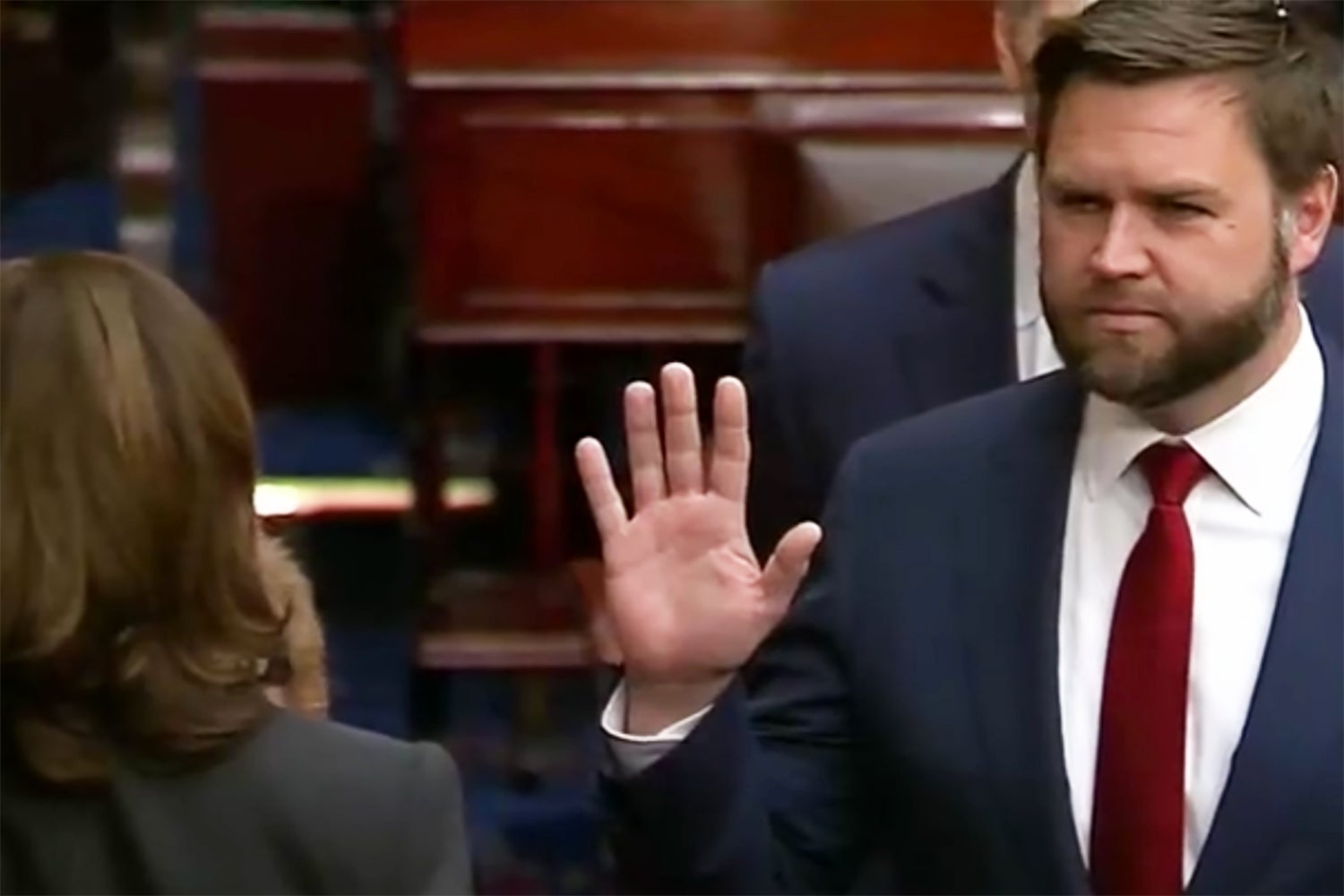Jim Crawford: Cause of high gas is not simple
Published 12:00 am Monday, March 21, 2022
Comedian Chico Marx once said “Who are you gonna believe, me or your (lying) eyes?” (“Duck Soup,” 1933)
If you want to talk about energy policy or the gas price at the pump today, get ready for demands you ignore your lyin’ eyes.
Republicans strongly backed the decision to stop all purchases of Russian oil in protest over the brutal and criminal Russian invasion of Ukraine, knowing this would result in higher gasoline prices immediately.
The very next day, after President Joe Biden reluctantly signed a bill ending all purchases of Russian oil, Republicans blamed Biden for the price increases and attacked him for blaming Russian oil. The truth lies somewhere far afield from the Republican claims.
Gas prices reached their lowest point in recent history in April 2020, $1.77 per gallon. This resulted from weak demand as we were all staying home in the first months of the COVID-19 pandemic.
Gas prices rose gradually to $2.38 when Biden took office. Prices continued to increase after the new administration pumped $1.9 trillion into the economy to stimulate growth and economic recovery.
The economic growth has given the U.S. the strongest recovery from the pandemic than any other nation, with an increase in GDP and wages and the real income of Americans. But the stimulus has also brought inflation that has contributed to the higher price of gas at the pump.
To the extent that President Biden pumped up the economy, his policies did contribute to some of the increase in gas prices at the pump.
But the facts are considerably more complicated than the drain on your wallet today. First, while the U.S., as of 2021 was the largest importer, exporter and user of oil, the world market is not controlled by any large producer.
When any producer falls out of the market (think Russia here) that affects gas prices negatively by decreasing total supply.
Here, you might think the U.S. should just increase the supply and, by doing so, bring down prices. Maybe, had Biden kept the Keystone pipeline underway, we would be swimming in cheap gas today? We would not. The Keystone pipeline’s best-case completion would have been late 2023, so it would not have been a factor in today’s market.
Even if Keystone was pumping crude from Canada to U.S. refineries in the Gulf of Mexico, it would have a minimal effect on U.S. prices. Canadian crude is a heavy crude. mostly refined into diesel fuel.
The U.S. uses mainly gas, while other countries use more diesel, which would likely be exported. However, there would be an effect on gas prices if Canadian crude could be sold on the world market. The result would be higher prices for Canadian crude, as it is now only sold in Canada and the U.S. Opening more markets for Canadian crude would raise the prices of gas overall.
Finally, keep in mind that U.S. companies are not government-owned, so their production levels are driven by other factors than any administrations’ concerns about consumer angst. U.S. companies have been stung by opening low-producing wells that resulted in lower earnings for stockholders in recent years, so there is some caution in opening new permits.
It should be noted that, after his first year, Biden had outpaced Trump at issuing drilling permits on public lands.
At the end of the day, when all facts are considered, the government has extraordinarily little culpability and minimal capability to influence gas prices at the pump in a free, worldwide economy.
It is always opportunistic for the Loyal Opposition to blame the other party for all things that negatively affect consumers. But, in this case, it is better to believe your lying eyes than your politics.
Jim Crawford is a retired educator and political enthusiast living here in the Tri-State.






